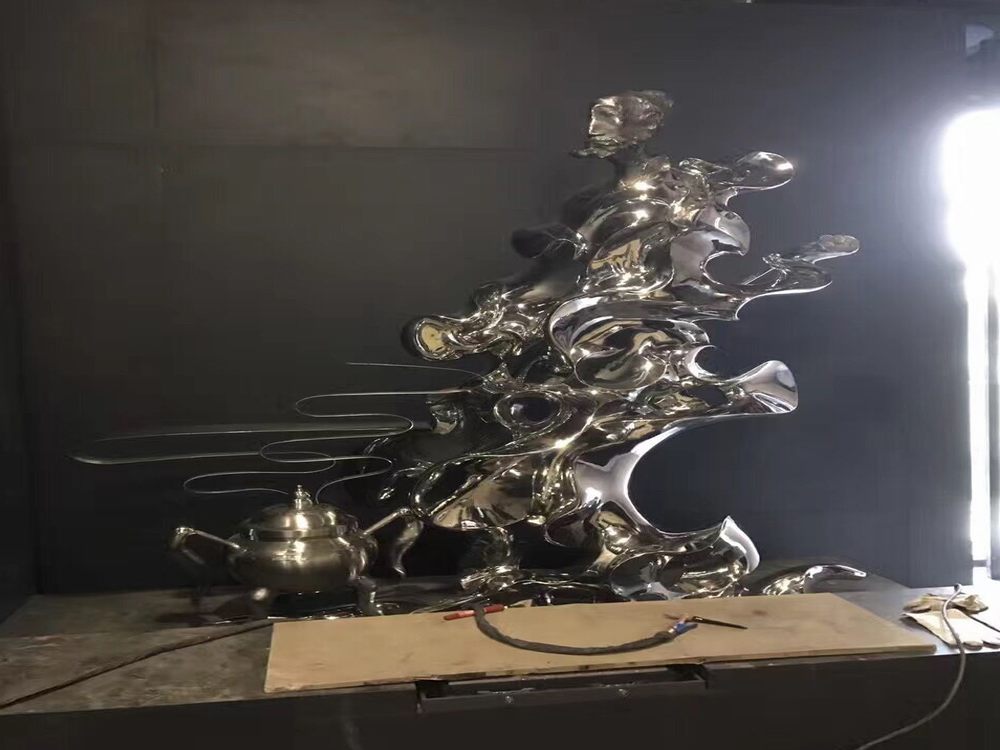
Porcelain sculptures, with their delicate beauty and intricate details, require meticulous care when displayed in galleries and museums. Proper lighting and display techniques are essential to preserve these fragile artworks while showcasing their artistic brilliance.
1. Specialized Lighting Techniques
Museums use LED lighting with adjustable color temperatures to highlight porcelain sculptures without causing damage. UV filters are often applied to eliminate harmful rays, while directional spotlights create subtle shadows that enhance texture and depth. The intensity is carefully calibrated to avoid fading or thermal stress.
2. Climate-Controlled Display Cases
Humidity and temperature fluctuations can harm porcelain, so display cases are sealed with regulated environments. Anti-reflective glass minimizes glare, allowing viewers to appreciate the sculpture’s details without visual interference.
3. Strategic Placement and Angles
Curators position sculptures at optimal heights and angles to ensure visibility from multiple viewpoints. Pedestals or rotating platforms may be used to showcase three-dimensional details, while barriers maintain a safe viewing distance.
4. Conservation-First Approach
Light exposure is limited, and sculptures are periodically rotated to prevent prolonged stress. Interactive digital displays sometimes supplement physical exhibits, reducing direct light exposure while educating visitors.
By combining advanced technology and artistic expertise, galleries and museums ensure porcelain sculptures remain pristine while captivating audiences for generations.

